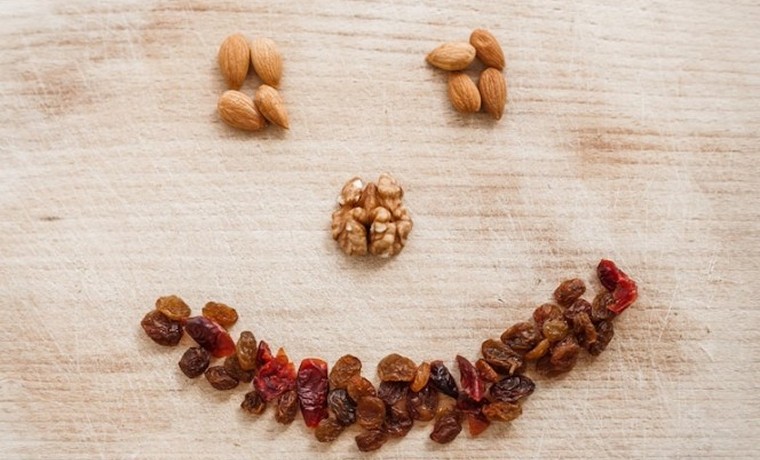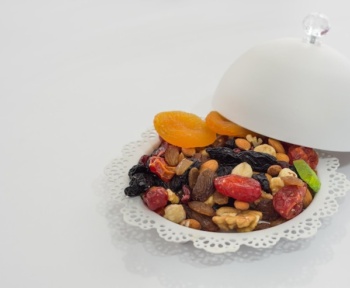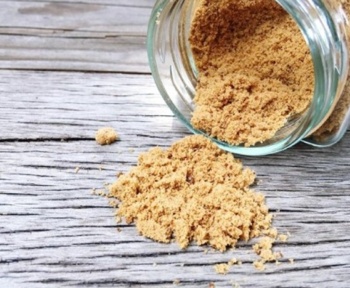Introduction
Dried fruit is one of those snacks that seems like a great idea—fruity, chewy, naturally sweet. It lasts forever in your pantry and travels well. But then you hear warnings about sugar content and calories, and suddenly, you’re second-guessing your snack choice.
So, is dried fruit healthy or just a sugar bomb in disguise? The answer, like most things in nutrition, is that it depends. Let’s dig in.
UNDERSTANDING DRIED FRUIT
What is Dried Fruit?
Dried fruit is just fresh fruit with the water removed. The result? A smaller, sweeter, and more concentrated version of itself.
Some fruits dry naturally, like raisins and apricots. Others, like cranberries and mangoes, often get a sugar boost to make them taste better (which isn’t great). If you’re buying packaged dried fruit, always check the ingredients—if there’s added sugar or preservatives, put it back.
Fresh vs. Dried Fruit: What’s the Difference?

One significant trade-off: you lose some vitamin C in the drying process, but most other nutrients stick around.
Different Types of Dried Fruit
Not all dried fruits are created equal. Some are great, some… not so much.
- Best choices: Raisins, apricots, figs, prunes—naturally dried, no sugar added.
- Okay, in moderation: Dates and unsweetened cranberries.
- Avoid Anything candied (looking at you, dried pineapple and banana chips).
Pro tip: If it looks too bright and shiny, it’s probably treated with sulfites. That’s fine for most people, but some might be sensitive.
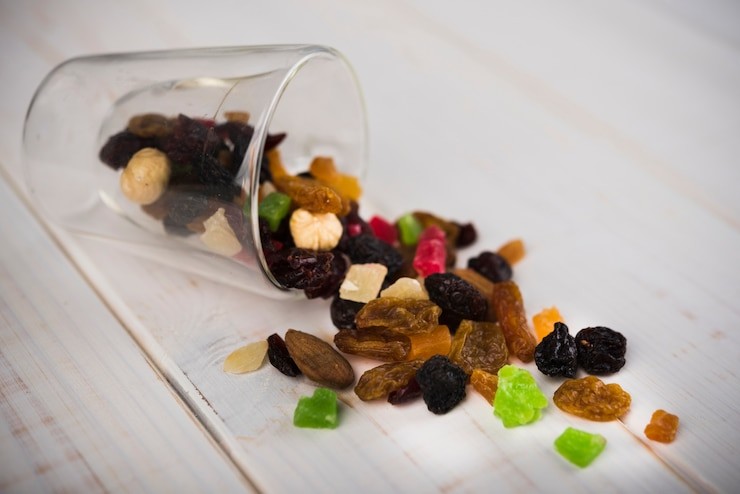
HEALTH BENEFITS OF DRIED FRUIT
Why Dried Fruit Can Be Good for You
Despite the sugar concerns, dried fruit has some serious perks:
- Fiber Power – Keeps digestion smooth and helps with gut health.
- Antioxidants – Fights off cell damage (think anti-aging for your insides).
- Natural Energy Boost – A solid snack choice before workouts.
- Heart Health – Some dried fruits help lower cholesterol.
- Satisfying Sweet Cravings – Better than candy, for sure.
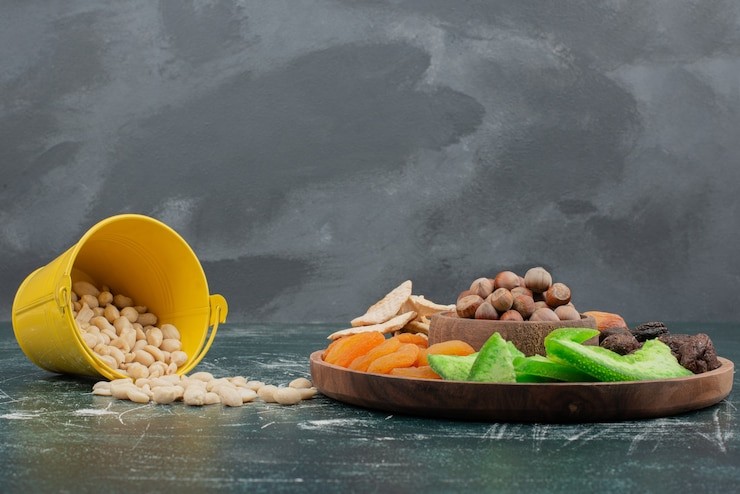
How Much is the Right Amount?
Because dried fruit is small and sweet, overeating is easy. Stick to these portions:

Think of it like this: a handful? Perfect. Half the bag? Maybe not.
THE RISKS OF DRIED FRUIT
When Dried Fruit Isn’t So Healthy
Dried fruit sounds great until you consider these issues:
- Sugar Overload – Naturally occurring sugar is fine, but many brands add extra.
- Blood Sugar Spikes – If you have diabetes, some dried fruits may not be your friend.
- Preservatives & Sulfites – These keep fruit looking pretty but can cause allergies in some.
- Too Easy to Overeat – They’re small, tasty, and suddenly you’ve eaten 500 calories in one sitting.
Best and Worst Dried Fruit Choices

HOW TO EAT DRIED FRUIT THE RIGHT WAY
Innovative Ways to Include Dried Fruit in Your Diet
Dried fruit works best when you don’t eat it straight from the bag. Here are better ways to use it:
- Sprinkle over yogurt or oatmeal.
- Mix with nuts for a balanced snack.
- Add to homemade granola bars.
- Toss into salads for a sweet kick.
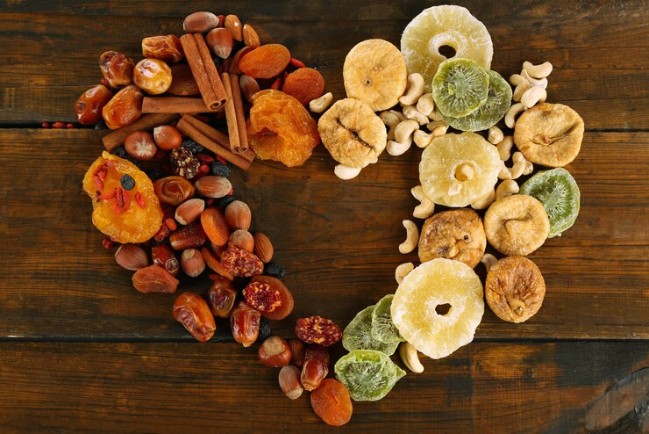
How to Make Dried Fruit at Home
It’s easy and way healthier than store-bought versions:
- Slice fruit evenly.
- Place on a baking sheet.
- Dry at a low temperature in the oven (or use a dehydrator).
- Store in an airtight container.
DRIED FRUIT & SPECIAL DIETS
Can Diabetics Eat Dried Fruit?
Yes, but be mindful. Stick to lower-sugar options like prunes and apricots, and eat them in small amounts.
Dried Fruit in Popular Diets
- Keto: Nope. Too many carbs.
- Paleo: Fine in moderation.
- Vegan: A great snack option.
- Mediterranean: Encouraged for heart health.
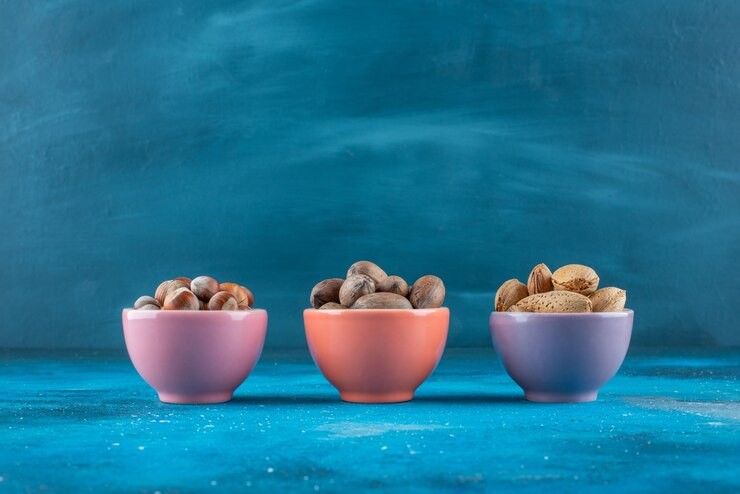
CHOOSING THE BEST DRIED FRUIT
Where to Buy High-Quality Dried Fruit
Look for:
- No added sugar.
- No sulfites or preservatives.
- Organic, if possible.
Checklist for Buying Healthy Dried Fruit
- Unsweetened
- No artificial colors
- No added oils
If the list of ingredients is more than “dried fruit,” reconsider.
INTERVIEW WITH A NUTRITIONIST
A nutritionist weighed in on dried fruit:
“Dried fruit is a fantastic snack—if you eat it wisely. Stick to natural options and combine it with protein or healthy fats to keep blood sugar stable.”
TRENDING TOPICS & EXTRA INFO
Is Freeze-Dried Fruit Better?
Freeze-dried fruit keeps more nutrients and has a crunchy texture. Less sugar, same fruit flavor. Win-win.
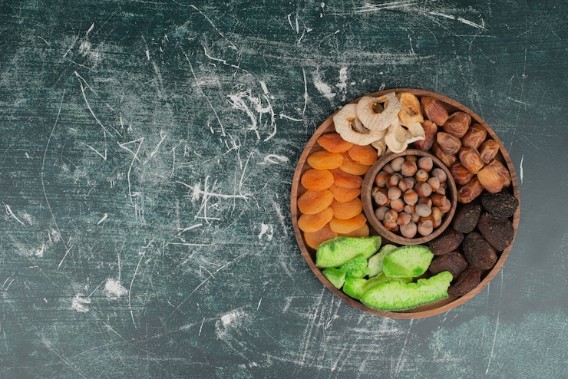
Dried Fruit is Gaining Popularity
More people in the UK and USA are swapping candy for dried fruit—especially as plant-based diets grow.
FINAL THOUGHTS
Dried fruit is a great snack—when eaten in moderation. It’s full of nutrients but also packed with natural sugars.
Key Takeaways:
- It’s nutrient-dense but easy to overeat.
- Look for unsweetened, preservative-free options.
- Use it in meals rather than eating it alone.
Final thought? Dried fruit can be part of a healthy diet—don’t go overboard.
Want more snack ideas? Check out the Dried Fruits Guide for more tips!
FAQs
Not necessarily. Dried fruit has the same nutrients as fresh fruit but is more concentrated. However, it also has more sugar per serving, making it easier to overeat. Fresh fruit is often the better choice for hydration and lower calorie intake.
Yes! Dried fruit, especially prunes and figs, is packed with fiber, which helps keep digestion smooth and prevents constipation. Just be mindful of portion sizes to avoid bloating.
Go for dried fruits high in fiber and low in added sugar, like apricots, prunes, and unsweetened apples. Stick to small portions to avoid extra calories.
It depends. Natural dried fruit has sugar, but it’s from the fruit itself. The problem comes when brands add extra sugar, especially in products like dried cranberries or pineapple. Always check the label for added sugars.
Yes, but in moderation. Dried fruit has a high glycemic index, meaning it can spike blood sugar if eaten in large amounts. Stick to low-sugar options like prunes or apricots, and pair them with protein or healthy fats to slow digestion.


